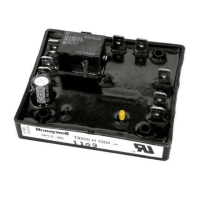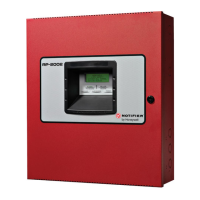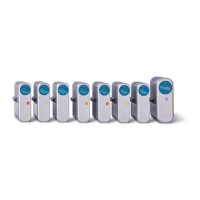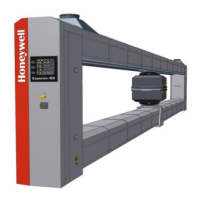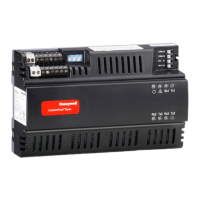SPZ--8000 Digital Integrated Flight Control System
A28--1146--055
REV 2
System Description
2-6
The FGS has redundant flight control functions that make it
fail--operational. It uses redundancy management techniques and
sensor voting to evaluate the information from dual attitude/heading
and air data sensors. The fail--operational characteristic includes
sensor failures.
One servo motor of each dual servo (aileron and elevator) and each
linear actuator (rudder) is connected to a flight guidance computer.
While each flight guidance computer normally controls its own side
flight director command bars, only one computer actively controls the
servos and actuator . The servo or actuator connected to the inactive
flight guidance computer has a brake applied.
Usually, the pilot’s side is automatically in control. The copilot’s side can
be manually selected or it automatically takes control if the pilot’s
computer fails. If only one flight guidance computer is valid, the system
disconnects if that flight guidance computer fails.
The single flight guidance controller can engage the autopilot and/or
Mach trim, select the operating modes, and select the EHSI and DADC
that are interfaced to the flight guidance computer.
The single turn pitch controller has a turn knob and pitch wheel that
output data to the flight guidance computers.
The advisory display displays messages that identify the status of the
dual FGS. It also contains the R AFCS and L AFCS switches that are
used to select the right or left flight guidance computer as the master
computer .
FLIGHT MANAGEMENT SYSTEM (FMS)
The FMS consists of the following components:
D Control display unit (CDU)
D Navigation computer
D Data loader.
The FMS outputs lateral and vertical navigation guidance information
for display and coupling to the DIFCS. The crew uses the CDU to
receive flight plan data and input information into the FMS.

